How do you show the high-spirited and strong spiritual outlook conveyed by your perception and feelings of life? At least it seems to me that Bernini has already told us the answer. Bernini’s characters are always in intense motion. The marble seems to have lost its weight in his hands, and the clothes of the characters are always fluttering gently in the wind, giving people a sense of lightness, liveliness, and unease. Bernini’s depiction of the human body is better at showing dramatic plots and the human body in intense motion. From his works. We can also see the influence of the classicist tradition on him. Especially, the style of the Hellenistic period, which is obviously echoed in his works. In this work, Bernini embodied the ideas of humanism. It reflects human dignity, ideals, and the pursuit of a better life. This is also a positive element in Bernini’s creation, and it is also different from the general Baroque art. His achievements, in one sentence, are: “He did not make a huge contribution to the city of Rome, but rebuilt Rome”. So, when we talk about the city of Rome today. We should remember the name of Lorenzo Bernini. Remember that he was the founder of the city of Rome.
David Marble From Bernini Artwork Sculpture
The characteristics of his sculptures during this period are vivid plots, characters with rich inner activities, and a striving to combine sculpture with painting. This Bernini artwork sculpture marble depicts the moment when David is about to throw a stone at the giant Goliath. His action relationship, as well as the line of sight, extend the space. His expression was very excited. Bernini endowed David with emotion during the Bernini artwork sculpture marble process. Unlike Michelangelo’s work of the same name, the former’s work is dynamic, while the latter seems to be a gesture ready for action. Its twisted torso and tightly wrinkled eyebrows fully reflect the characteristics of Baroque art accumulated in the Renaissance. The dramatic moment of the pose of “David” chosen by Bernini’s marble sculpture suggests the distance from the enemy. The design of Bernini’s artwork sculpture is only suitable for admiring it from a fixed angle, and the best viewing angle is exactly Assume the location of the enemy. This is the reason for the strange contagiousness that arises when people appreciate it.
Apollo and Daphne Fron Bernini Artwork Sculpture Marble
This Bernini artwork sculpture marble freezes the moment when Daphne leaps and Apollo catches up with her, Daphne has begun to turn into a laurel. It is such a soft and moving story. The beautiful man in the myth is the sun god Apollo. The beauty god Muse, and the laurel goddess Daphne, are vividly reproduced in marble as if they suddenly entered the world from the mythical world. Lively, so shocking. This exciting scene is put into intense action, reflecting the passion and movement of Baroque art. The Bernini artwork sculpture marble has a painterly effect on the human figures. A Bernini artwork sculpture’s marble undulating curves of arms and legs, fluttering sashes, and intricately curved laurel trunks swiftly change, capturing people’s attention with fantastic power. Apollo’s clothes and Daphne’s long hair fluttered in the wind. This lightness is contrasted by the dignified strength of the figure’s body. While, the asymmetrical contour lines render the dramatic situation, giving people a lightness and passion, both a Lively and restless feeling.
The Ecstasy of Saint Teresa Fron Bernini Artwork Sculpture
This Bernini artwork sculpture marble depicts Santa Teresa’s vision of seeing God in a hallucination, expressing her longing for God’s love. She was lying on the floating clouds, her wide sleeves drooping down, her eyes closed lightly, her lips slightly parted, her face pale, and in a coma, she prayed for God’s love. In front of her, the little angel with a mischievous face shot a golden arrow into her chest. The Bernini artwork sculpture depicts Teresa’s morbid state with hard marble, expressing the softest heart of a woman who is craving love. The little angel represents happiness, forming a harmonious rhythm with Teresa’s lying posture, which means the collision of pain and happiness. Theresa lay there, her toes slightly raised. Immerse yourself in the climax of unparalleled excitement. Extreme longing and intoxication, extreme pain and joy, not only appeared on Theresa’s face but also on that robe. This Bernini artwork sculpture marble depicts the complicated inner feelings of the girl written in the notes, turning the mysterious morbid state into a woman’s obsession with love and desire under the hazy consciousness. Her coma and loss of control are typical manifestations of the girl’s thoughts of spring. Under the guise of a mysterious religious cloak, Bernini used hard stones to express the essence of a woman’s soul.
The Rape of Proserpina Fron Bernini Artwork Sculpture Marble
Bernini artwork sculpture marble content is taken from ancient Roman mythology. Pluto, the god of the underworld, fell in love with the daughter of Ceres, the goddess of grain, and he took her to the underworld and renamed her Proserpina. This sculpture of two people entwined and scuffled together can have three different interpretations when viewed from three different directions. Seen from the left. Pluto grabs and holds up Proserpina forcefully, while the girl is trying to break free from his restraints. From the front, the entire Bernini artwork sculpture appears to be Pluto showing off his trophies and putting take her into the underworld. Proserpina’s face is seen from the right with the tears she shed when she prayed to heaven, the wind blew her hair, and the three-headed dog (Cerberus) guarding the gates of hell is a roar. Bernini vividly condenses the moment of plunder in this Bernini artwork sculptured marble. From the back, Pluto’s strong muscles and the changes in his muscles when he lifts his “prey” are vividly depicted. The right side of the Bernini artwork sculpture is because, With force and excitement, the four fingers of Pluto’s right hand were deeply sunk into the thigh of the swept-away woman, which seemed to have a strong sense of texture and strength; while the slightly opened lips of the heroine seemed to be screaming or Get help.
Sleeping Hermaphroditus Fron Bernini Artwork Sculpture marble
In ancient times, Sleeping Androgyny was an interactive piece of art designed to shock viewers and spark conversation in settings such as elite dinners or social gatherings. Seeing this Bernini artwork sculpture marble from the rear. The reclining figure looks female, with a feminine hairstyle and a curvaceous “feminine” body shape. After encircling the sleeping hermaphrodite, penises were found, clearly visible from their frontal view, paired with female breasts. This Bernini artwork sculpture marble featuring both male and female genitals will intrigue ancient audiences. Sparking interesting and potentially amusing conversations – something common in ancient artworks.
Truth Unveiled by Time Fron Bernini Artwork Sculpture marble
“Truth Unveiled by Time” is created by Bernini artwork sculpture in marble, implying that “truth” is a naked young woman unveiled by the “Time” figure above her. Unfortunately. The figure of Time was never executed. The female figure holds the sun and represents the naked “truth” as her drapery seems to be leaving her body by the invisible hand of “time”. Bernini wanted to add the number “time” to the group. But, time seemed to beat Bernini because he never completed his plan. Bernini was the chief architect of st. Peter’s Tower. Cracks appeared in the facade of Bernina due to flawed foundations built decades ago, and Pope urban ordered the towers to be destroyed. Bernini was humiliated, and this Bernini artwork sculpture marble was part of his response. Bernini said he wanted to add the image of “time” because he believed it would silence his critics and reveal the truth about his work.
Neptune and Triton Marble Fron Bernini Artwork Sculpture marble
These famous Neptune and Triton Bernini artwork sculptures marble are based on the god of the sea in Greek mythology. Neptune in Neptune and Triton marble sculpture is sculpted as a muscular figure. Has a mature beard. is the authority of men. He twists his torso as he prepares to push his trident down towards the water, Neptune is draped in a cape, and Neptune and Triton marble sculpture’s tousled hair and beard allude to the storm in this scene. His son was under Neptune’s body. is blowing his conch. This one is also designed to be used as a fountain, where the conch snails spew out gushing water. In Neptune and Triton marble sculpture, Nepton’s son blows a shell as a horn. Announcing the coming of the Lord of Earth and Sea. He grabbed Nepton’s legs and placed his shoulders between Neptune’s thighs. The naturalism of the characters suggests that the artist’s intention was to evoke an immediate emotional response from the audience. Neptune and Triton Bernini artwork sculpture marble Neptune’s frowning brows give a sense of his ferocious power. His stance is immutable, solidifying his divine power. By contrast, Triton was somewhat submissive when he grabbed Neptune’s thigh. There was anxiety on his face as if he knew that whatever Neptune ordered him to do, he should obey. His timid nature and Neptune’s dominant presence demonstrate the authenticity of human emotion and bring back the point of Bernini’s plan to convey the myth.

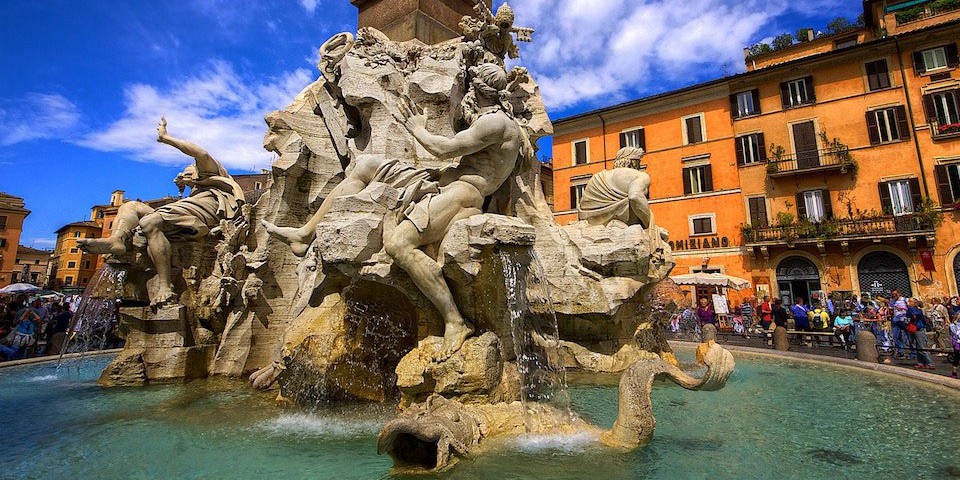
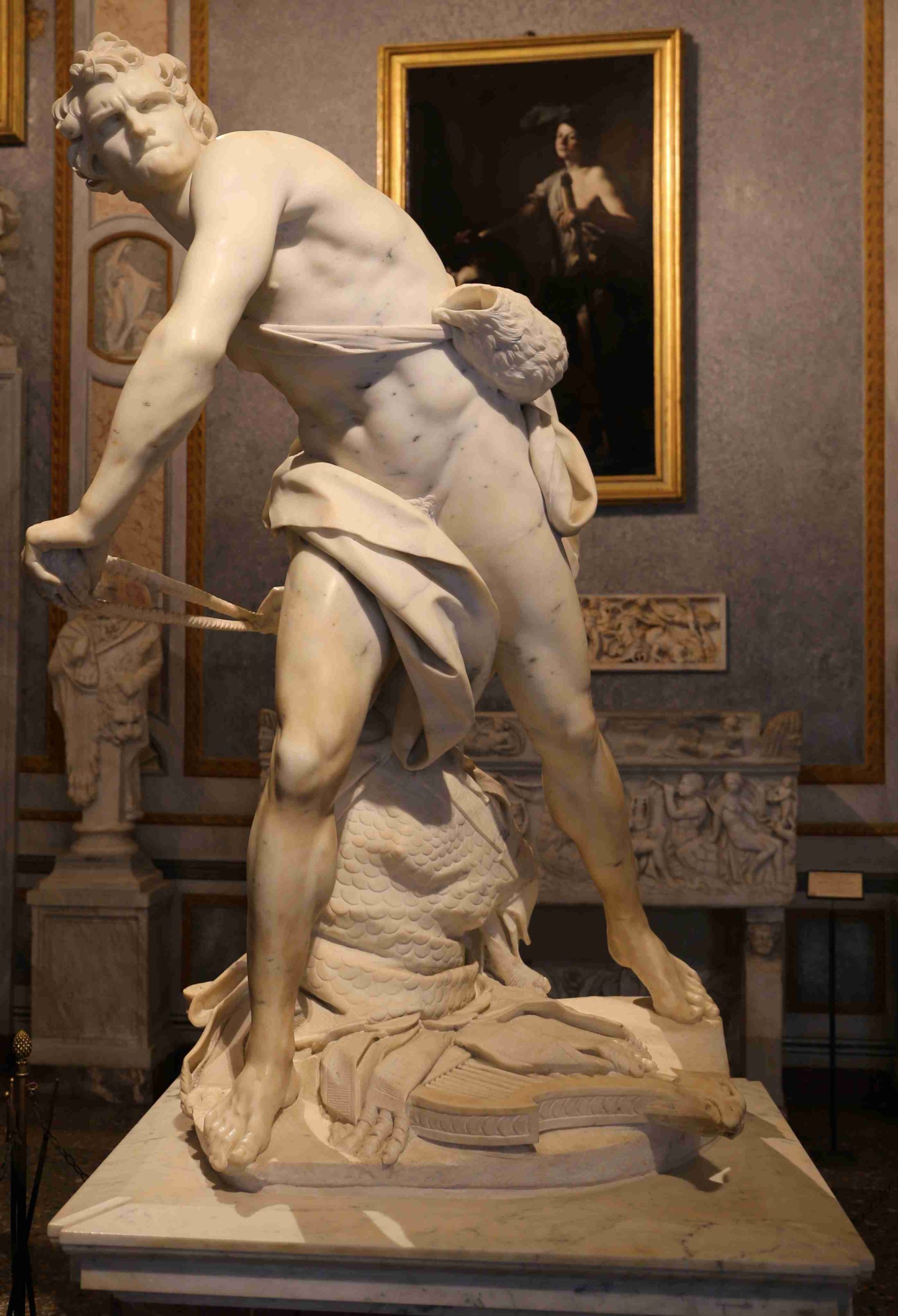
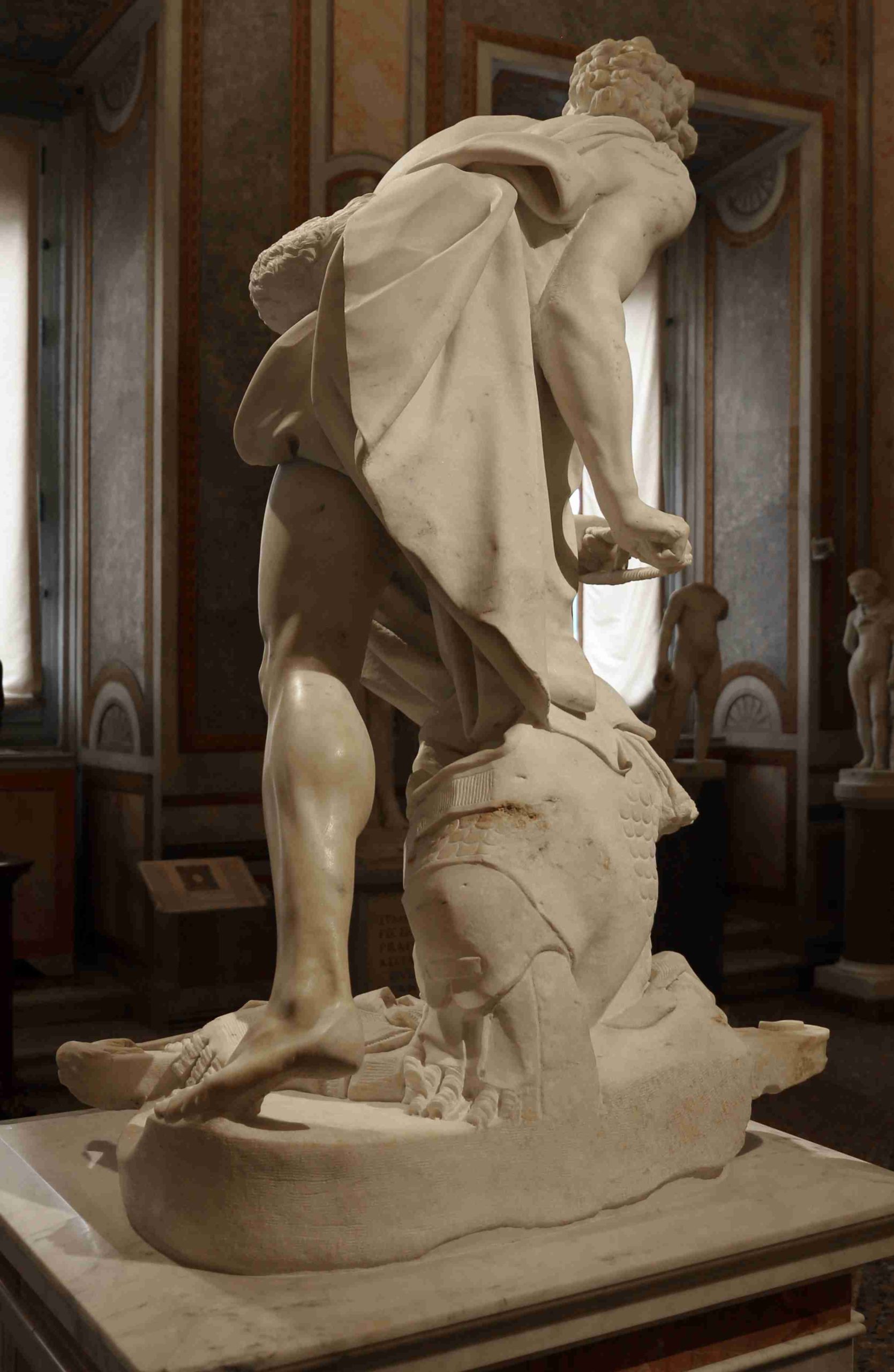
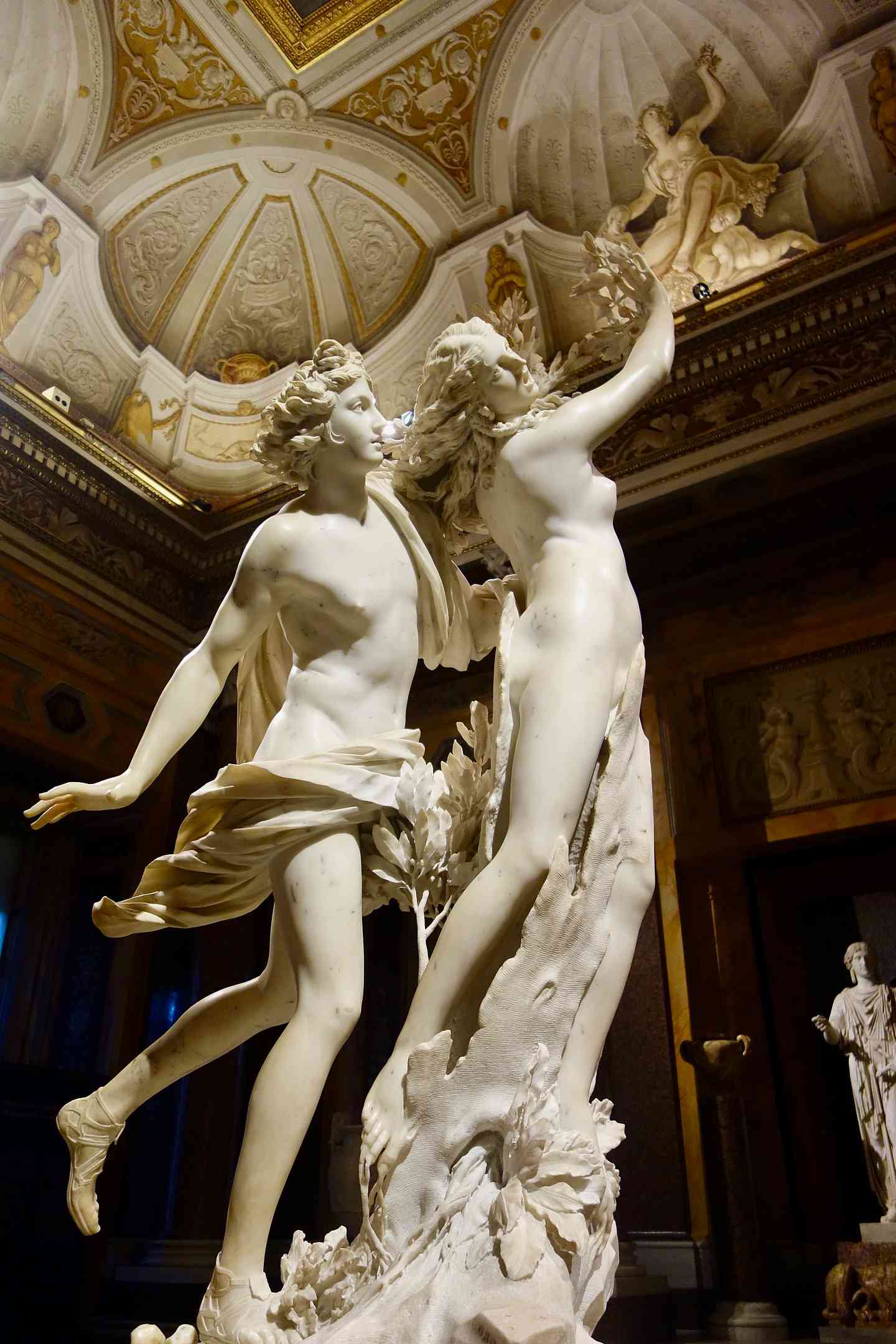
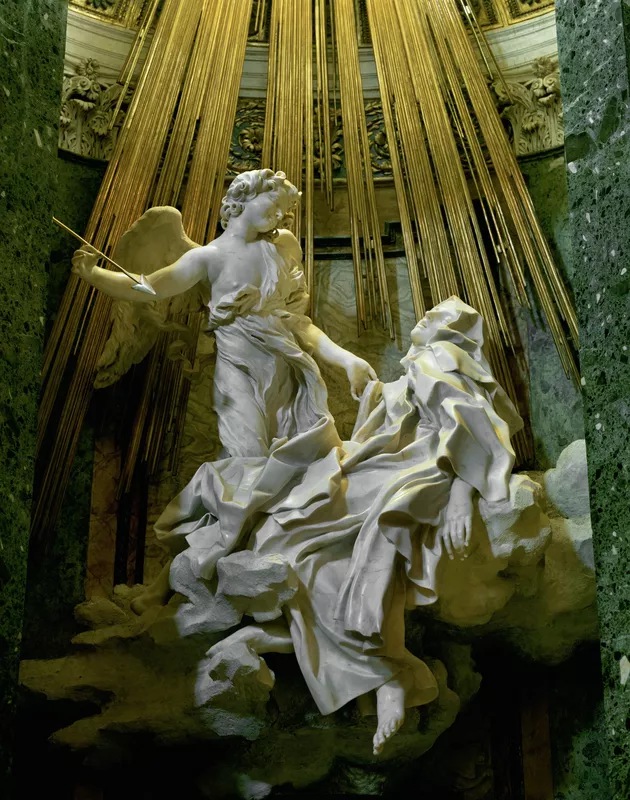
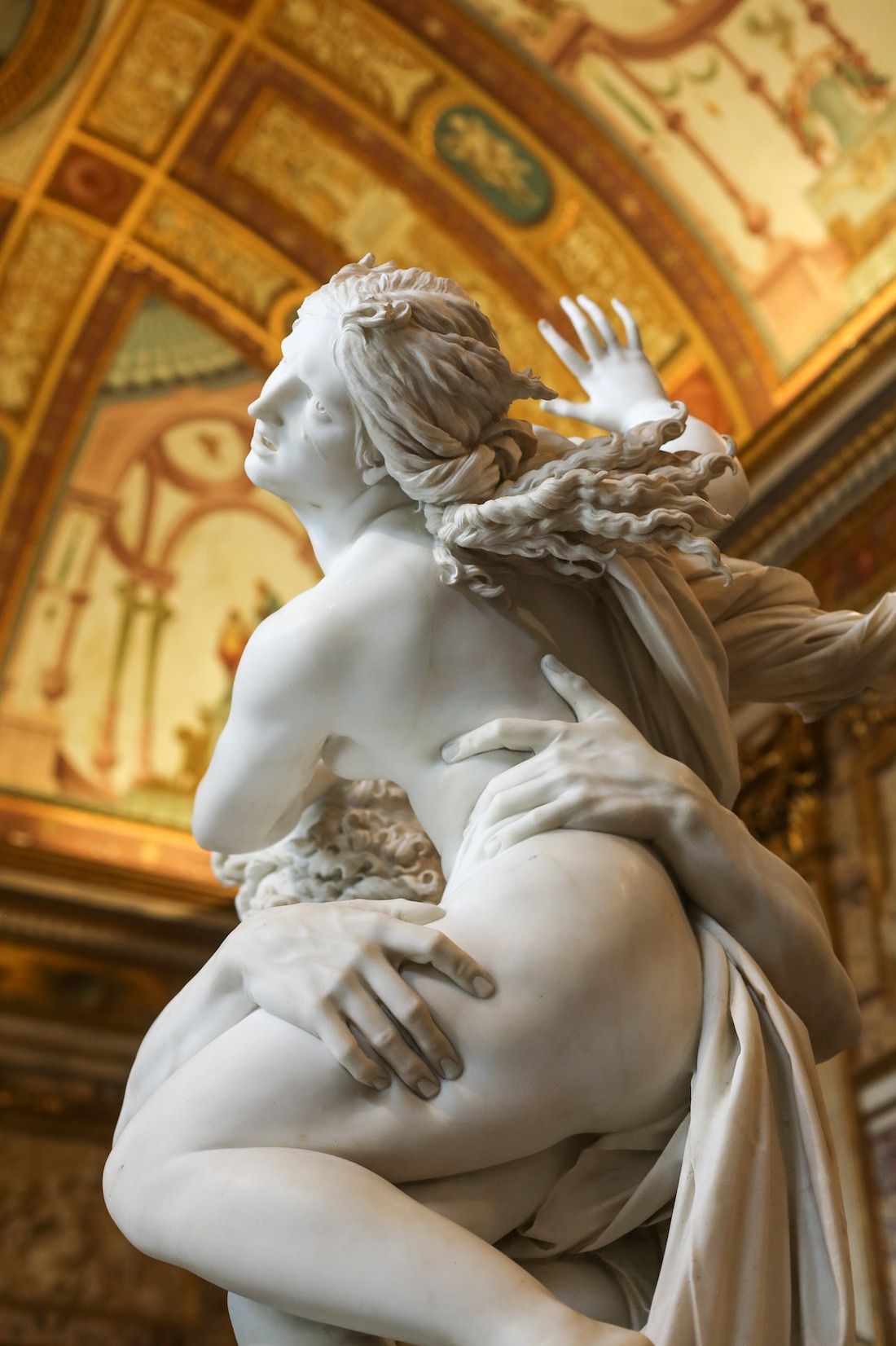
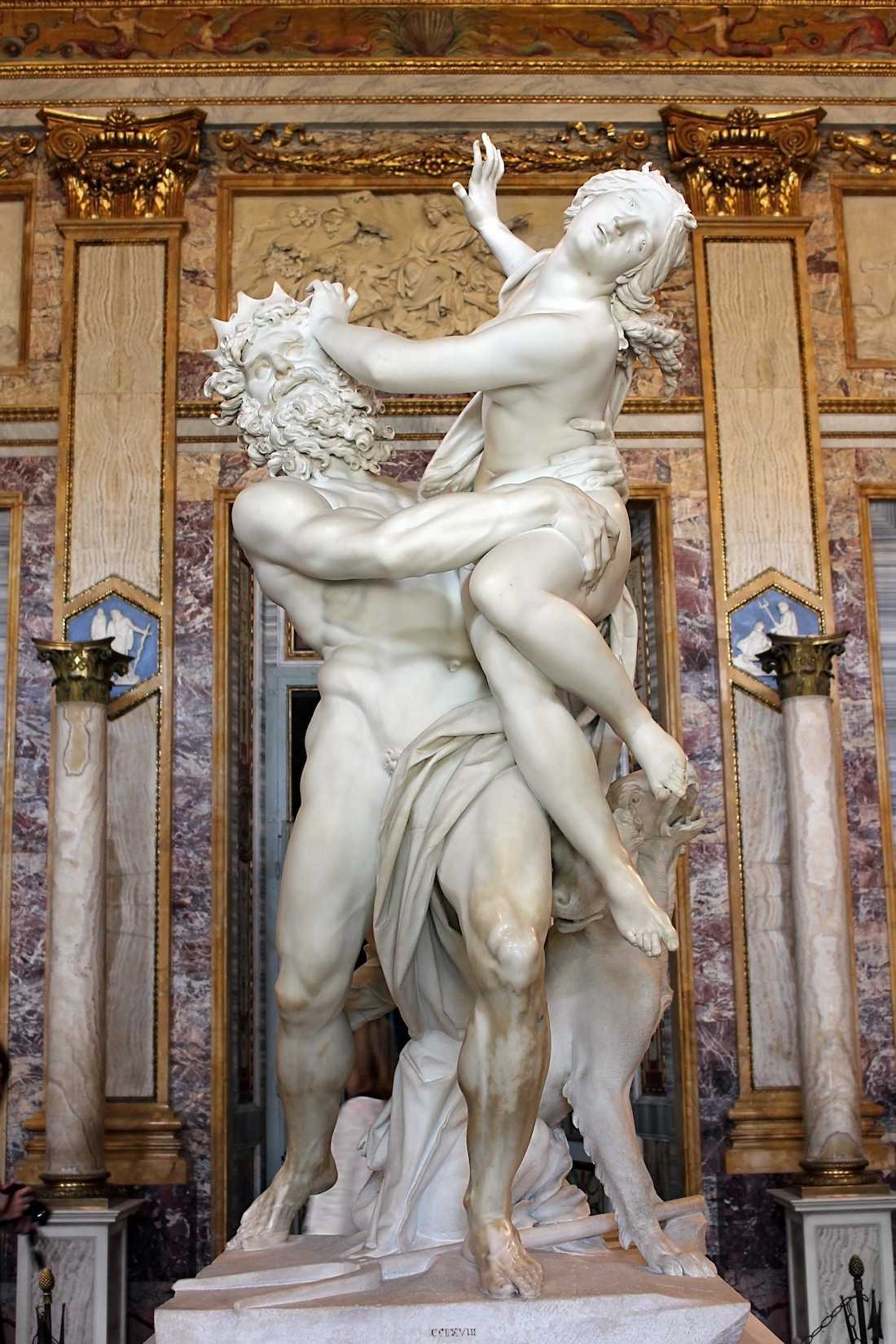
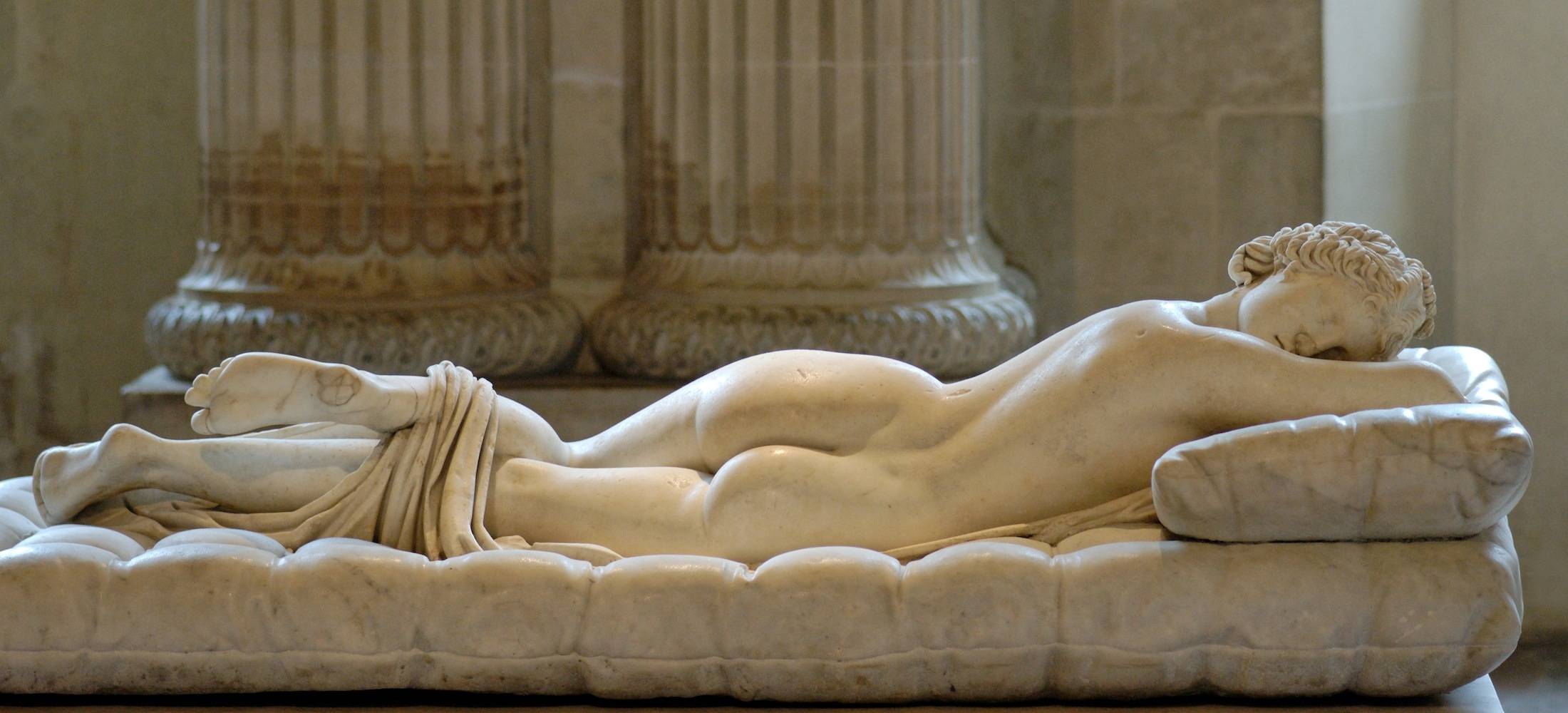
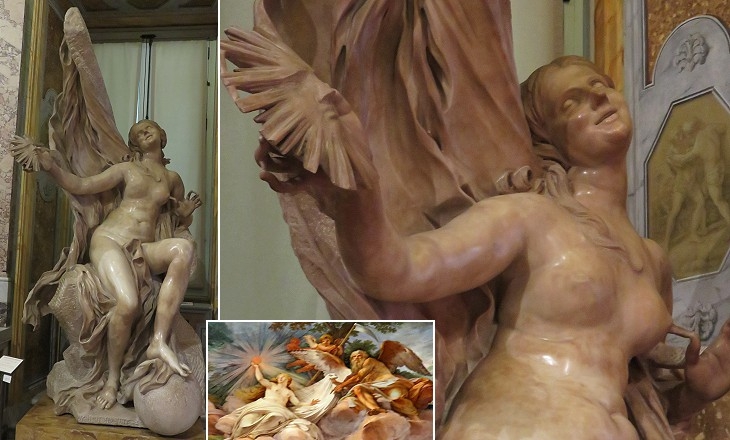

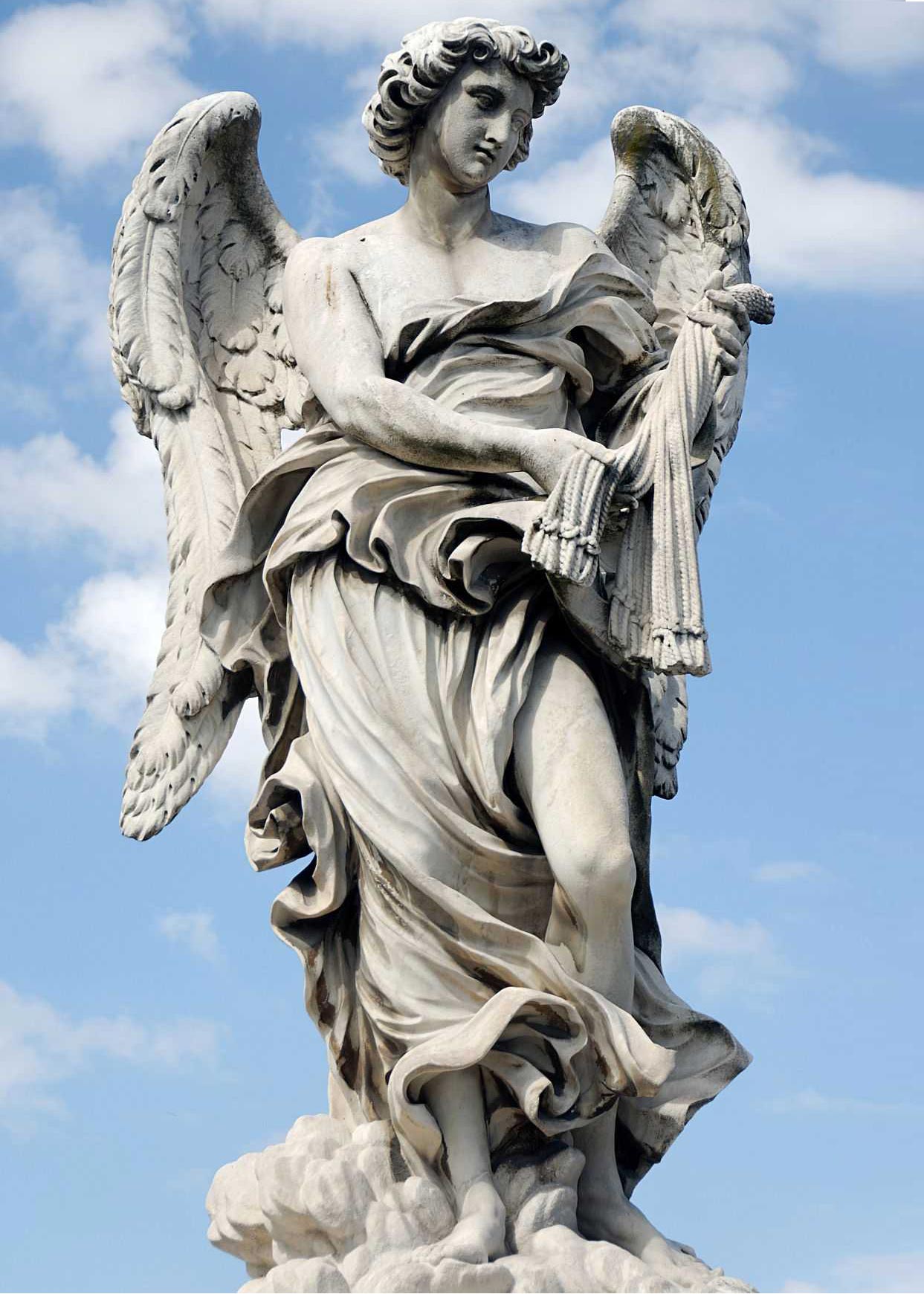
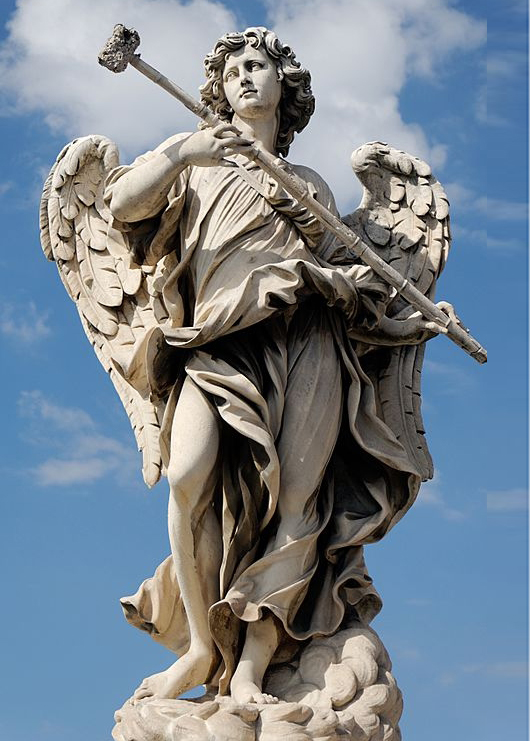
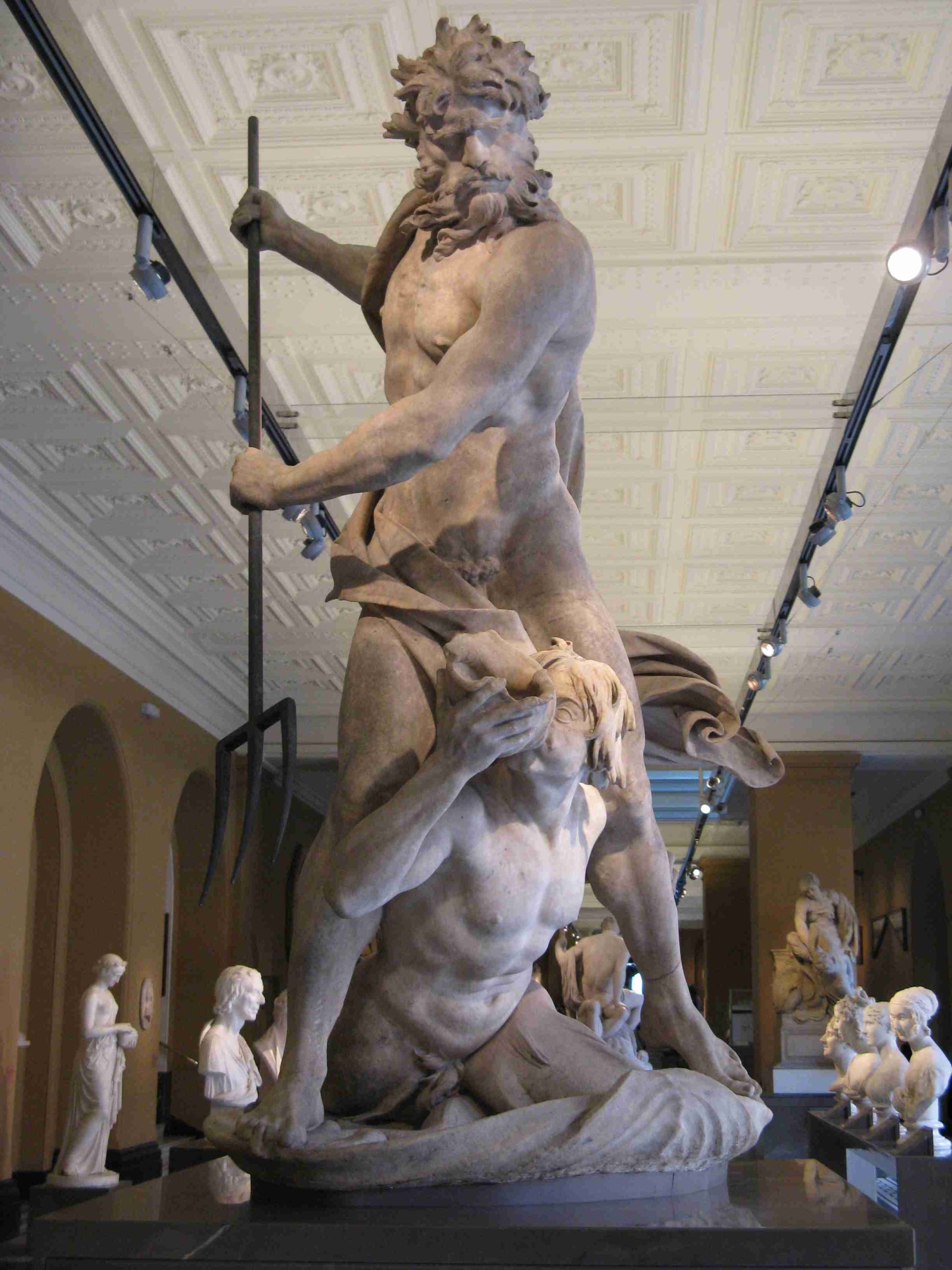
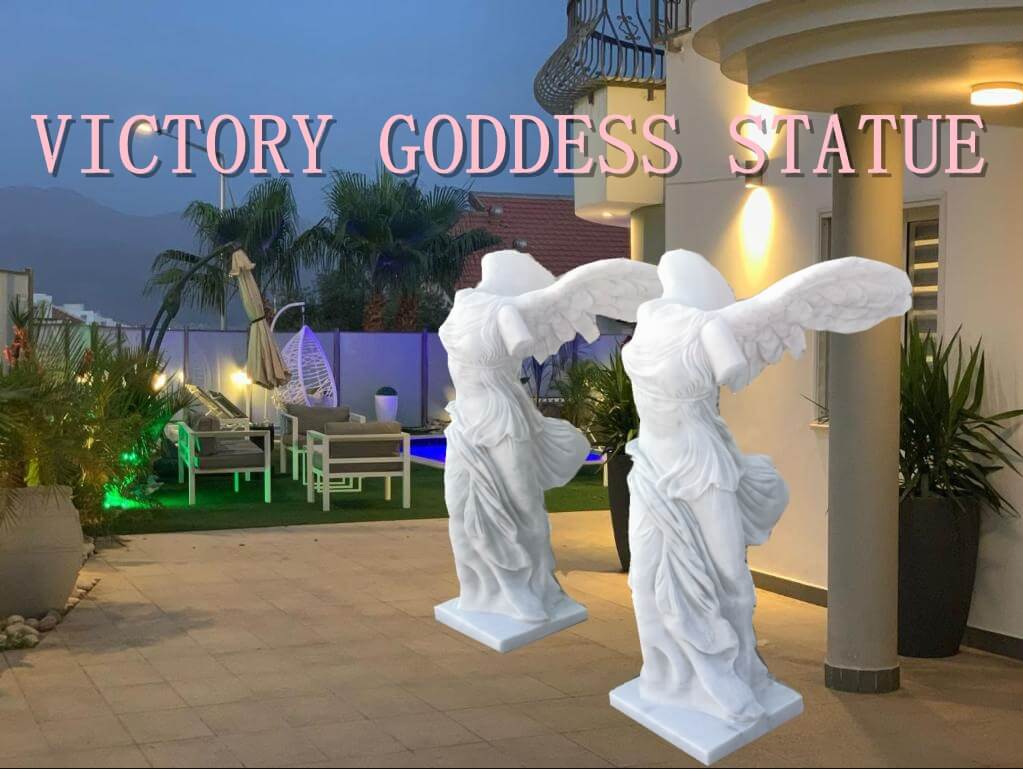
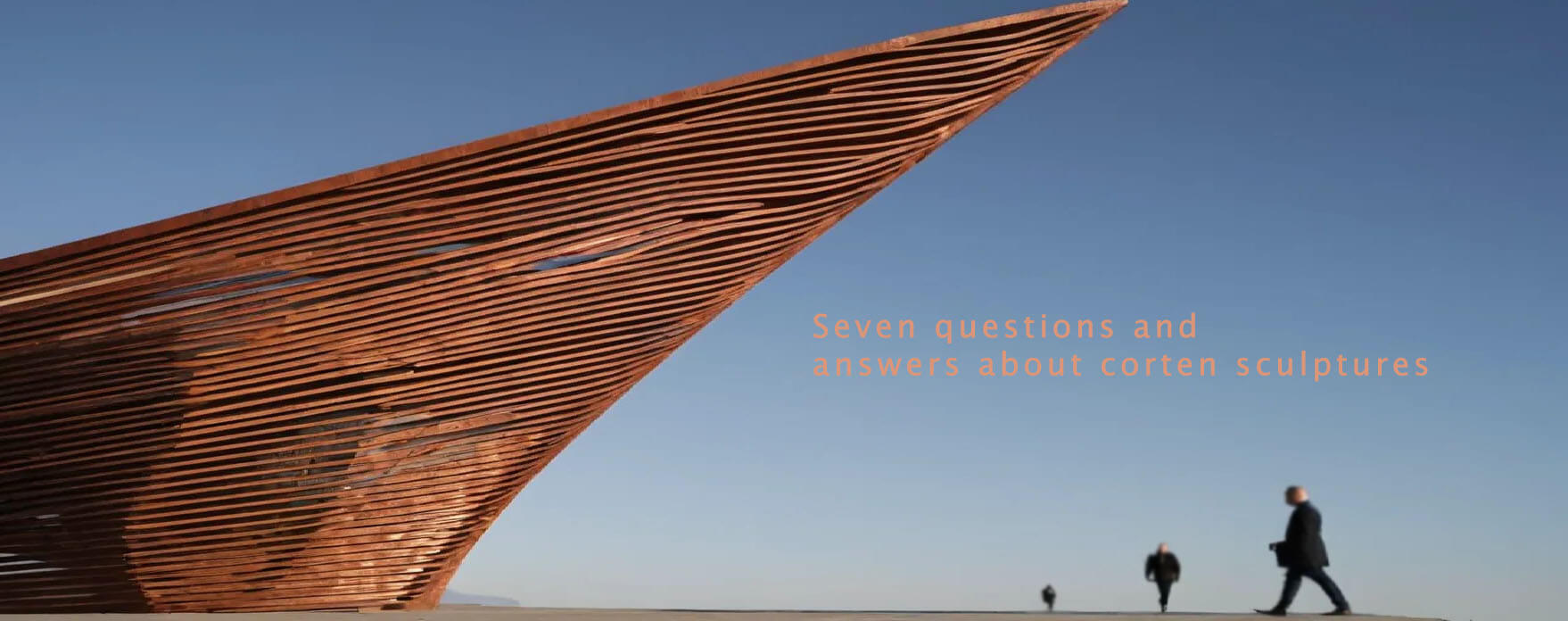



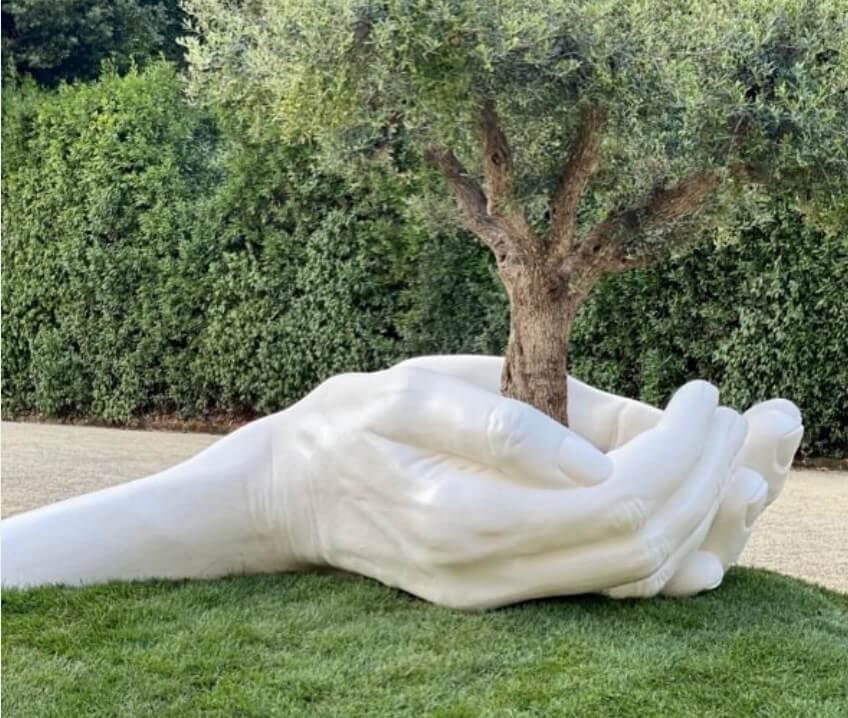

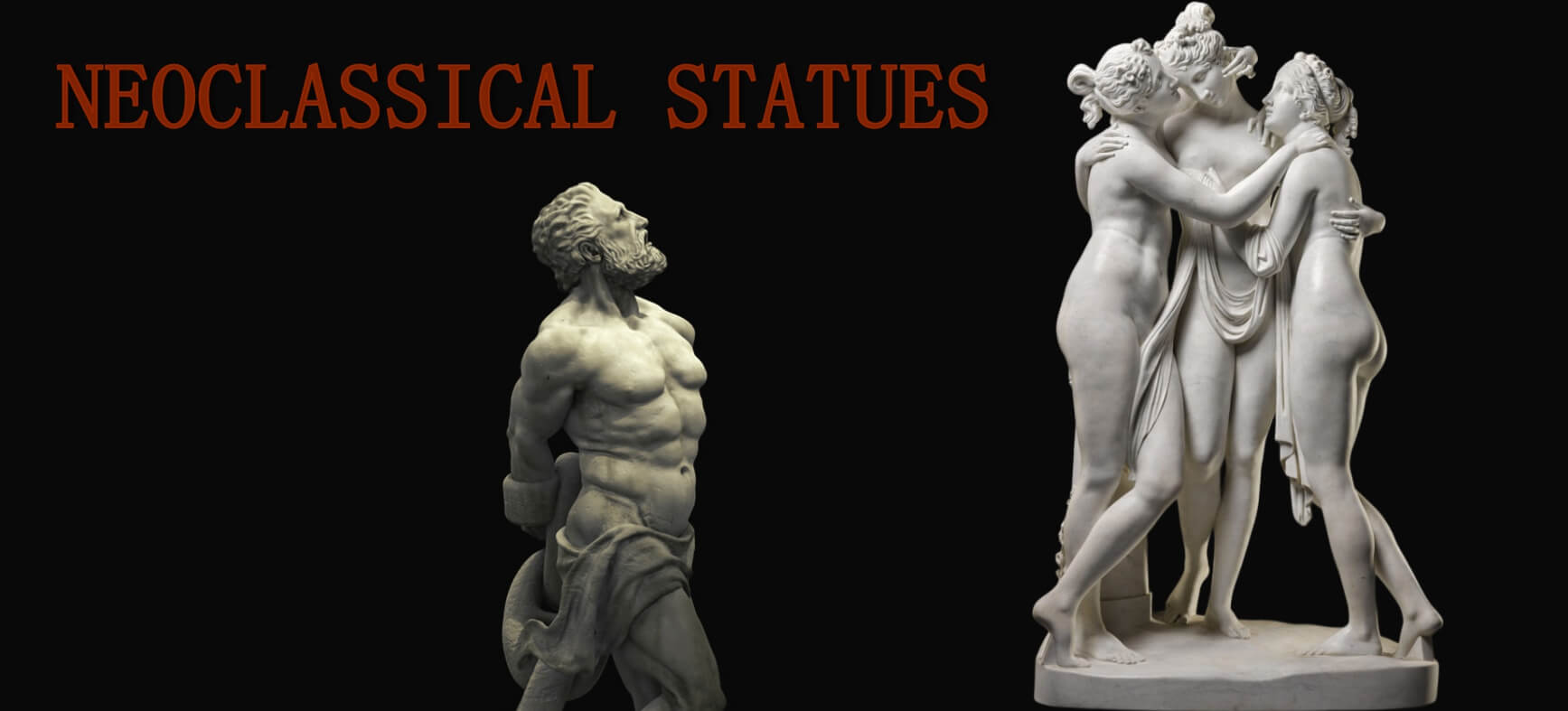
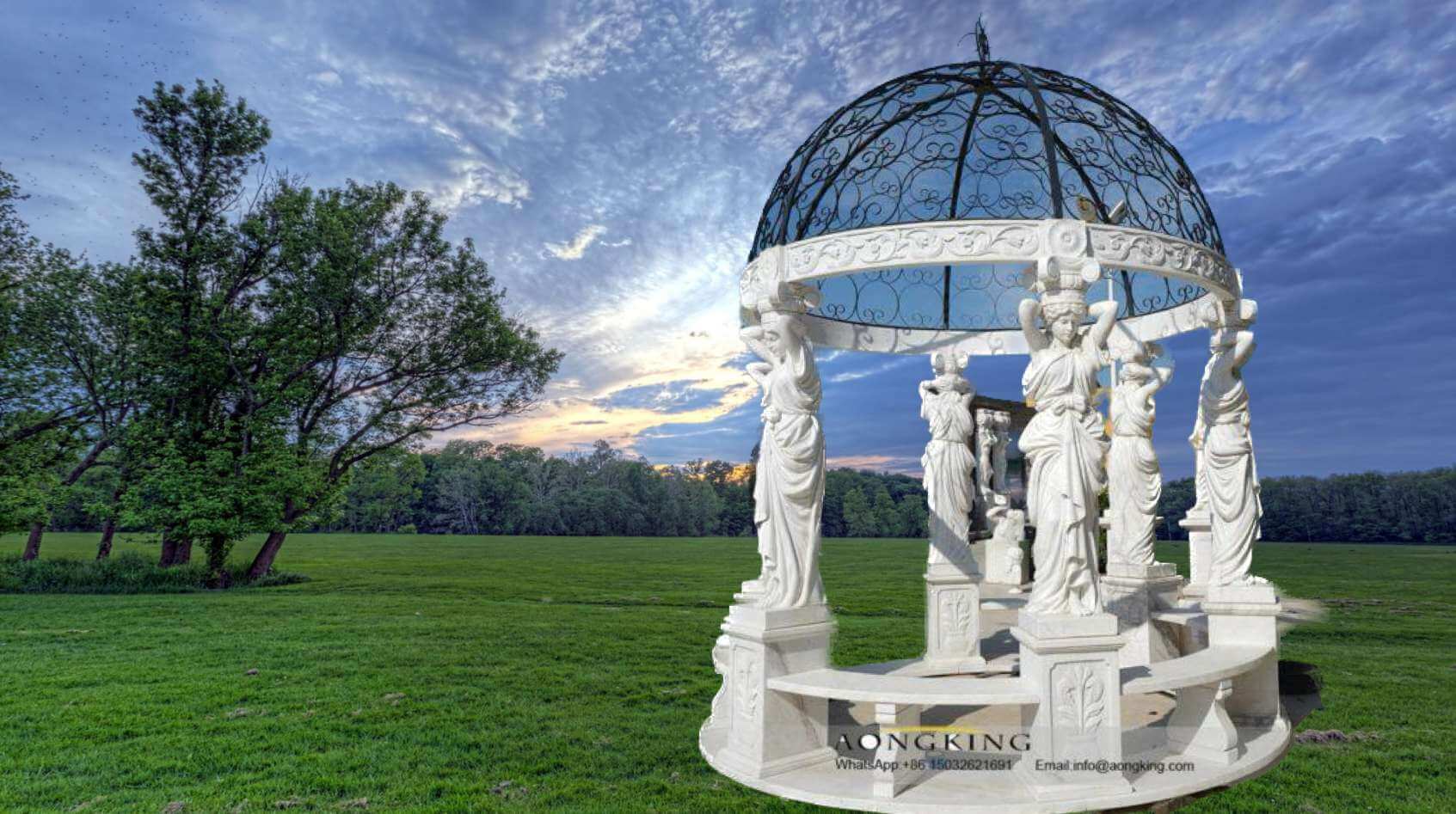
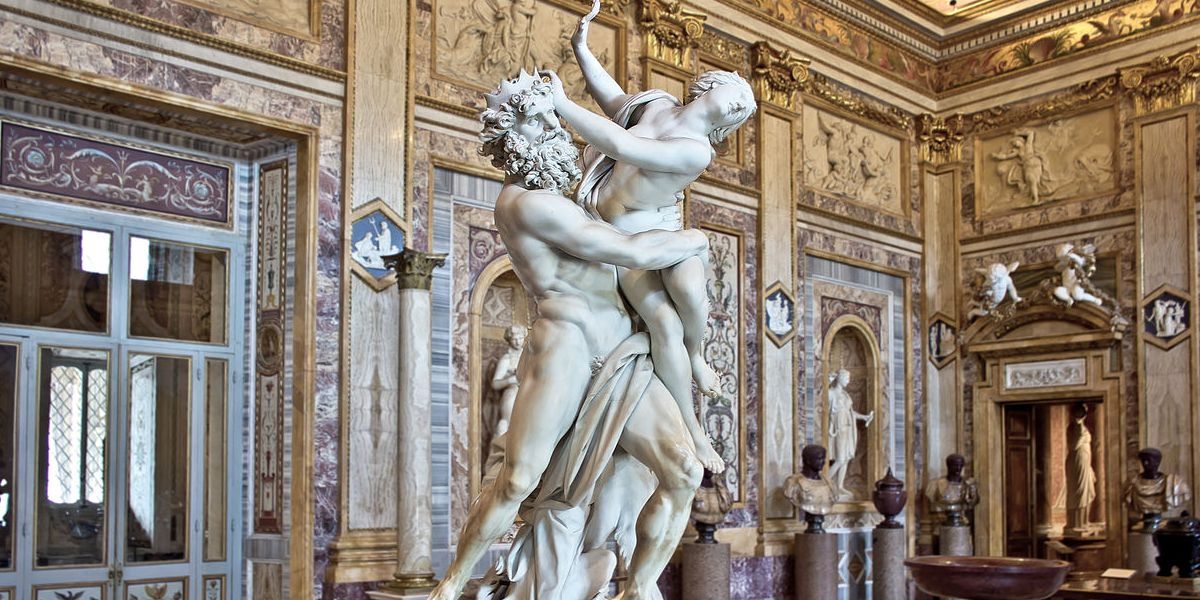
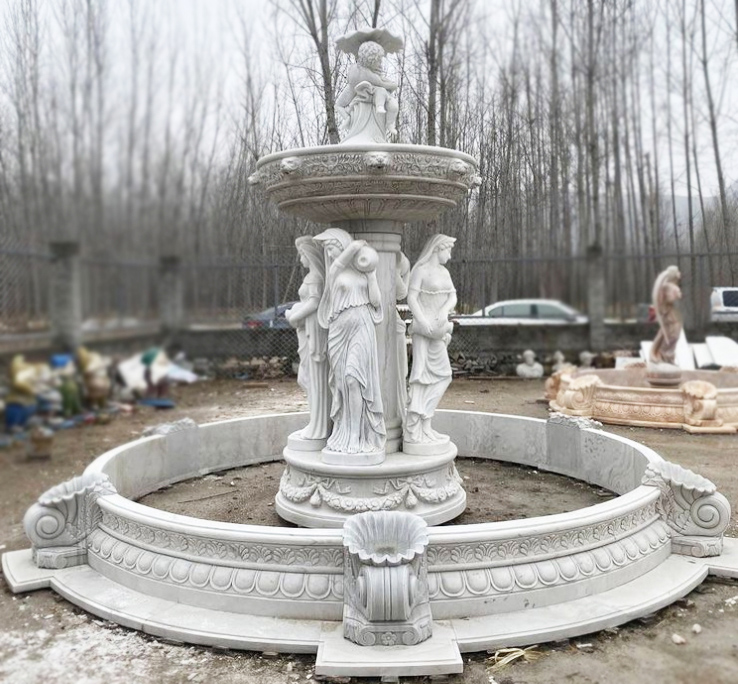
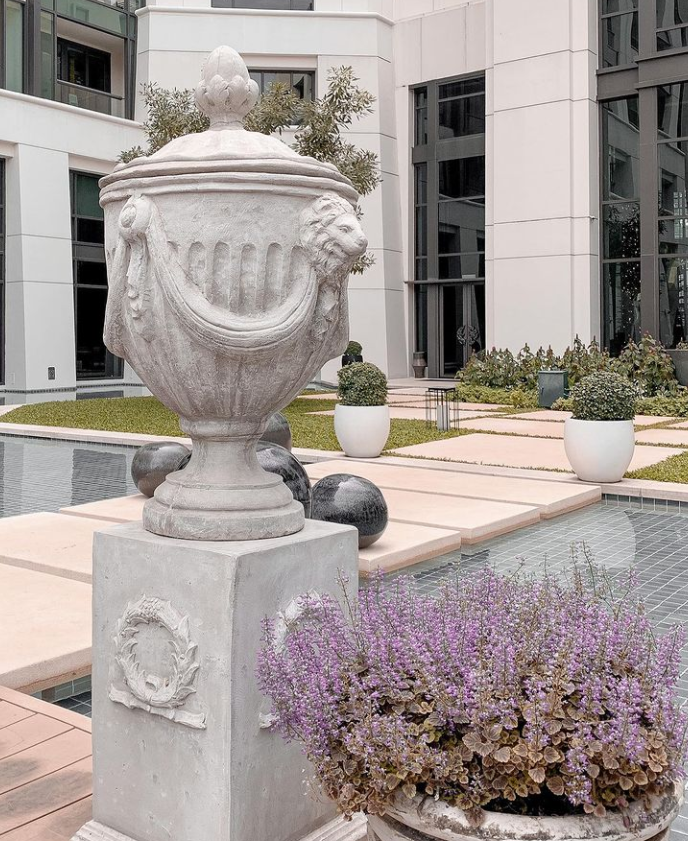
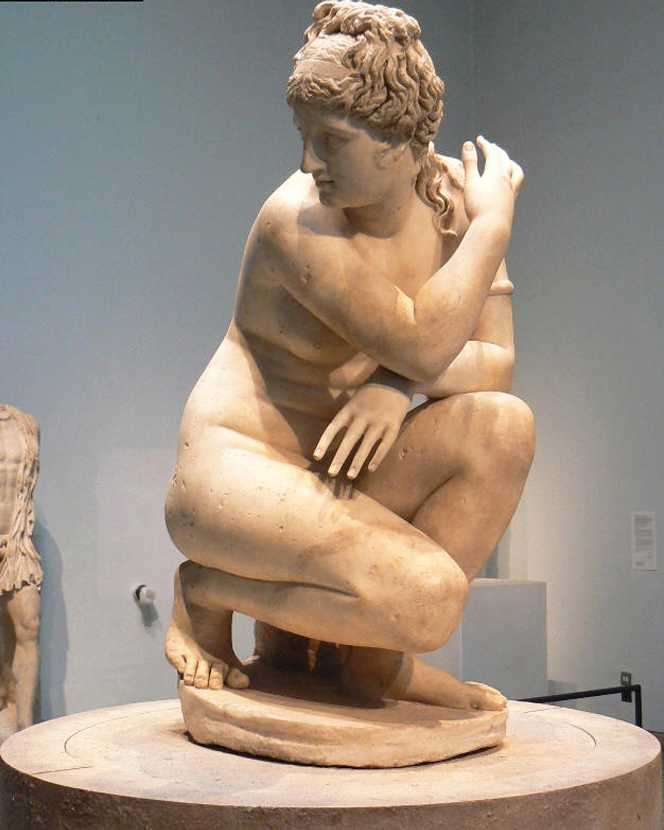
What some view marble Bernini Artwork Sculpture, I’d never get bored of that.
You definitely put a brand new spin on a topic of marble sculpture that has been written about for decades. Great stuff, just wonderful!